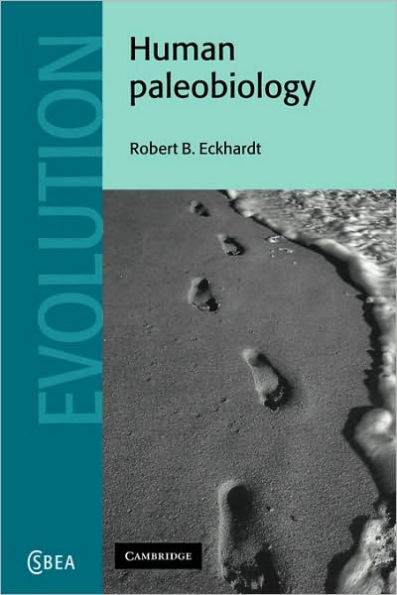5
1
9780521123853




Human Paleobiology
- ISBN-10:
- 0521123852
- ISBN-13:
- 9780521123853
- Pub. Date:
- 12/17/2009
- Publisher:
- Cambridge University Press
- ISBN-10:
- 0521123852
- ISBN-13:
- 9780521123853
- Pub. Date:
- 12/17/2009
- Publisher:
- Cambridge University Press

Human Paleobiology
$64.99
Current price is , Original price is $64.99. You
64.99
In Stock

Product Details
| ISBN-13: | 9780521123853 |
|---|---|
| Publisher: | Cambridge University Press |
| Publication date: | 12/17/2009 |
| Series: | Cambridge Studies in Biological and Evolutionary Anthropology , #26 |
| Edition description: | New Edition |
| Pages: | 368 |
| Product dimensions: | 6.00(w) x 8.90(h) x 1.00(d) |
From the B&N Reads Blog
